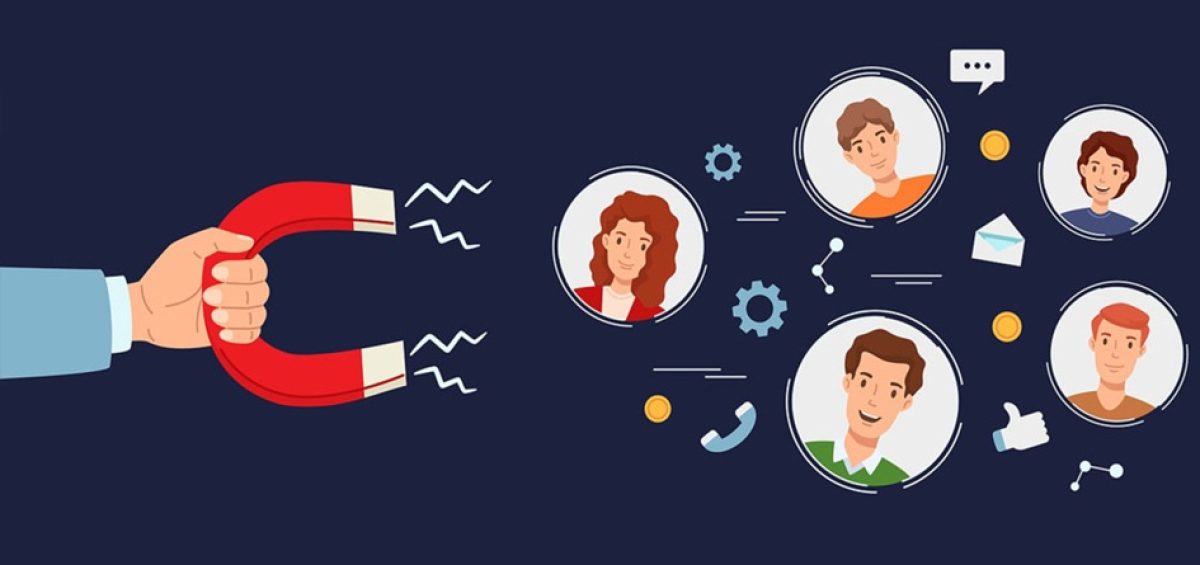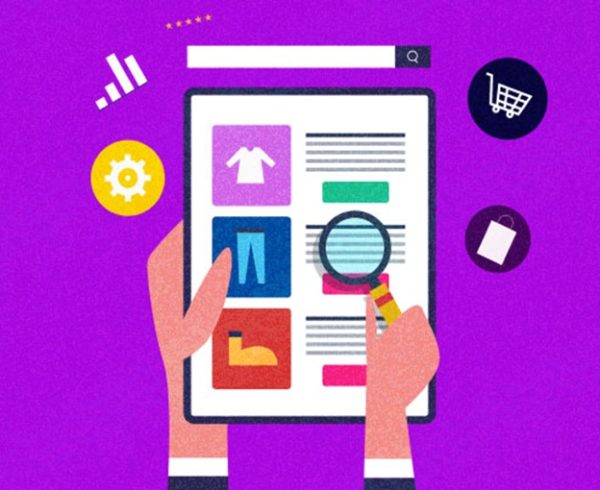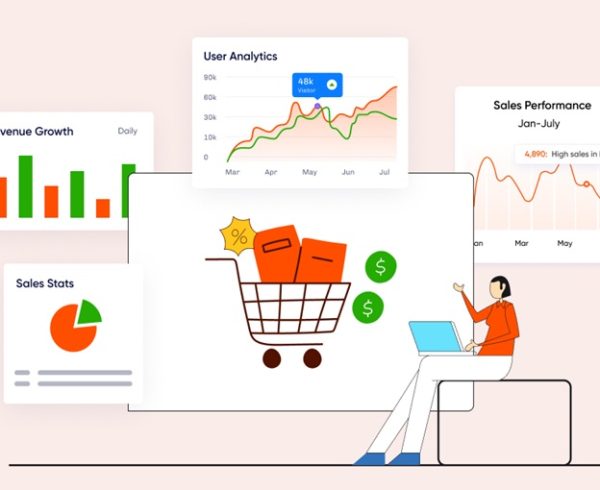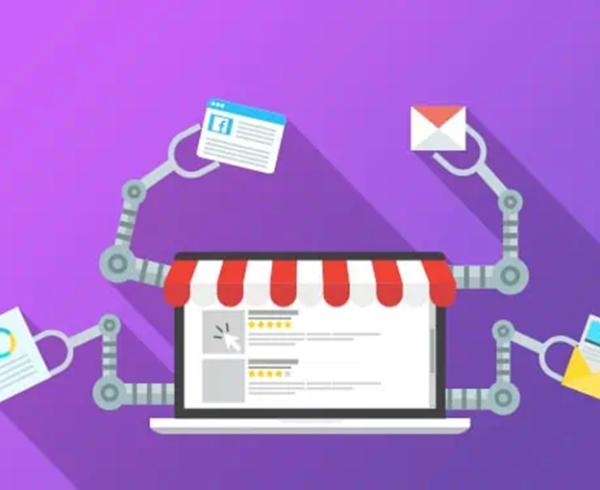You’ve got a solid product. Your sales team knows their stuff. Your website looks professional. Here’s the gut-punch, though: your ROI is mediocre, your leads are dwindling, and conversions are irregular. Sound familiar? You’re not alone. Many B2B companies are quietly battling the same storm spending thousands on ads, content, and outreach only to get lackluster results. It’s frustrating. You followed the so-called “proven” B2B marketing strategy templates, maybe even downloaded a few “B2B marketing strategies PDFs” filled with buzzwords and diagrams. Still, the strategy isn’t sticking.
Why? Because the problem isn’t always the tools it’s often the foundation. Most B2B marketing strategies fail not because they’re missing effort, but because they’re missing clarity, cohesion, and customer focus. In a world where B2C marketing strategy often steals the spotlight with its emotional punch, B2B brands forget that their buyers are humans too. Decision-makers may wear suits, but they’re still people with problems, goals, and Google search habits.
Also walk through a better B2B marketing strategies framework, showcase real B2B marketing examples, and offer an actionable B2B marketing strategies template you can adapt right now. You’ve come to the right place if you’re sick of circling about and want marketing that produces tangible outcomes. Let’s break down why your B2B marketing strategies is failing and exactly how to fix it.
Mistake #1: B2B Marketing Strategy: You’re Treating B2B Like a Spreadsheet, Not a Story
One of the biggest reasons B2B marketing strategies fail is because companies approach them with cold logic and lifeless data. They focus on metrics, technical specs, and ROI projections treating their entire campaign like a spreadsheet instead of a story. But here’s the truth: B2B buyers may represent companies, but they’re still human beings. When your content sounds like it was written by a machine for another machine, it fails to connect. You end up pushing features instead of painting a vision. Great B2B marketing doesn’t just inform it inspires. It shows the transformation your solution brings, tells success stories from real clients, and communicates your message with clarity and empathy. Whether you’re selling SaaS to IT managers or components to manufacturers, your messaging should feel like a conversation, not a contract. Storytelling brings your brand to life. It makes people care. And in a crowded B2B space, that human connection is often the only thing that cuts through the noise. So ditch the jargon. Don’t hide behind charts. Start with a narrative that resonates and build your strategy around that story.
Mistake #2: You Don’t Have a Clear B2B Marketing Strategy Framework
You might be doing all the “things” (blogging, ads, emails), but without a cohesive B2B marketing strategies framework, it’s all noise.
Here’s a simple framework to follow:
- Research: Know the language and problems of your audience.
- Positioning: Define your unique value proposition.
- Content: Create assets that match your buyer’s journey.
- Measurement: Track what’s working (and kill what’s not).
When each piece supports the other, you get a strategy that’s greater than the sum of its parts.
Mistake #3: You’re Relying on Outdated Tactics
If your B2B marketing still revolves around cold calling, mass-blast emails, and generic trade show flyers, it’s no wonder you’re struggling. The modern B2B decision-maker has access to endless information at their fingertips product reviews, competitor comparisons, webinars, and in-depth guides. They’re no longer waiting for a sales rep to explain their options; they’re doing the research themselves often before you even know they’re in the market. Outdated tactics like unsegmented email blasts or templated LinkedIn messages feel impersonal and lazy. Worse, they damage your credibility. To stay relevant, your strategy must evolve.
Start by meeting your audience where they are whether that’s through targeted content, personalized LinkedIn engagement, or value-driven lead magnets. Experiment with conversational marketing tools like chatbots, or create engaging video case studies that show real-world results. Look to B2B marketing examples from companies like Gong or Drift, who are innovating with bold, human-centric tactics. Swap your “spray and pray” outreach for hyper-personalized, insight-driven campaigns. In short, marketing to modern B2B buyers requires empathy, tech-savvy, and a willingness to ditch the dusty playbook. If you’re still relying on yesterday’s tools, you’re already behind.
Mistake #4: Your Messaging Isn’t Buyer-Centric
One of the most common (and costly) mistakes in B2B marketing is crafting messaging that revolves around you, your company, your product, your achievements rather than the buyer. You’ve likely seen this before: websites that boast about being a “leading provider of scalable, innovative, end-to-end solutions.” But what does that actually mean to the person reading it? Probably nothing. Because your buyers aren’t looking for buzzwords they’re looking for answers to their problems. They want to know how your solution will save them time, make their job easier, boost their ROI, or help them look good in front of their boss. That’s why your messaging should always start with the buyer’s pain points, goals, and priorities, not your product features or company accolades. Speak their language.
Reflect their challenges. Demonstrate empathy before expertise. For example, instead of saying, “Our software automates reporting,” say, “Spend 10 hours less each week on spreadsheets focusing on strategy, not data entry.” See the difference? That’s buyer-centric. The best B2B marketing strategies dig deep into the psychology of the customer, just like a great B2C marketing strategy would. The more your messaging feels personal, relevant, and outcomes-driven, the more trust you build and trust is the true currency of B2B. So, take a hard look at your website, ads, and email campaigns. Shift the spotlight from your solution to their success, and you’ll see your engagement and conversions start to climb.
FAQs
What is the B2B marketing strategy?
Businesses utilize a systematic plan called a business-to-business (B2B) marketing strategy to promote their goods and services to other businesses. It involves identifying the right target audience, choosing the best marketing channels (like email, LinkedIn, webinars), creating relevant content, and guiding prospects through a sales funnel designed specifically for longer buying cycles and decision-making chains.
What are the 4 types of B2B marketing?
The four key types are:
- Product-based marketing – Focused on promoting physical goods.
- Service-based marketing – Tailored to consulting or service offerings.
- Channel marketing – Involves working with partners or resellers.
- Industrial marketing – Targets manufacturers or suppliers with complex needs.
What is the B2B model of marketing?
The B2B marketing model refers to a business selling its products or services to another business, rather than directly to consumers. The model is often more relationship-driven and consultative than B2C, involving longer sales cycles, higher-value deals, and multiple decision-makers.
What are the 7 P’s of B2B?
The 7 P’s include: Product, Price, Place, Promotion, People, Process, and Physical Evidence. In B2B, these elements guide how a company structures and markets its offering to create maximum value and trust for other businesses.
What is an example of B2B marketing?
A great B2B marketing strategy example is when Salesforce runs a webinar series to educate IT leaders on CRM best practices. They’re not just promoting software, they’re building trust and solving problems for a specific business audience.
Mistake #5: You’re Not Using a Strategy Template
Templates aren’t just for beginners they create alignment. A strong B2B marketing strategy template helps your entire team stay focused. Here’s a basic one to start:
- Target Audience
- Pain Points
- Value Proposition
- Primary Channels
- Top Content Offers
- KPIs to Measure
Need structure? Plenty of B2B marketing strategies PDFs online can guide you, but adapt them to fit your business model. One-size-fits-all never works in B2B.
How to Fix It: A B2B Marketing Strategy That Actually Works
Here’s how to build a winning B2B strategy:
- Start with Deep Buyer Research
Interview real customers. Uncover their decision-making process. Understand their industry language and daily frustrations. - Build a Content Funnel
Use blogs, whitepapers, case studies, and webinars to guide your audience through awareness of decisions. Give before you ask. - Use B2B Marketing Examples as Inspiration
Look at companies like HubSpot, Gong, or Adobe. They blend storytelling with metrics beautifully. - Apply a Flexible Framework
Don’t rigidly follow a B2C marketing strategy. Instead, build a B2B marketing strategies framework that’s agile and constantly tested. - Measure and Adapt Relentlessly
Run A/B tests. Study your data. Double down on what works. Drop what doesn’t.
To sum up, if your B2B marketing strategy isn’t delivering results, it’s not a lost cause it’s a wake-up call. By shifting your focus from tactics to strategy, humanizing your messaging, and following a clear framework, you can turn things around. Use real examples, streamline your approach with a smart template, and stay agile in your execution. Remember: behind every B2B deal is a real person looking for real solutions. Speak to them, serve them, and your strategy won’t just work it’ll win.







